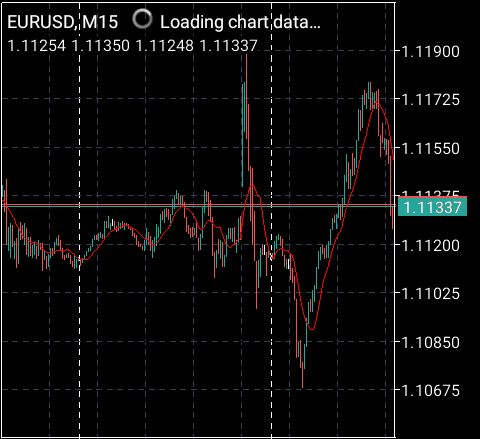


Central banks influence currency values through interest rates. Higher rates offer better returns on investments in that currency.
Monitor central bank announcements and economic indicators related to interest rates.
Analyze economic data, central bank statements, and market expectations to predict interest rate changes.
High inflation erodes currency value, while low inflation often strengthens it.
Monitor the inflation rate to see how it will influence your trade.
Robust economic growth often strengthens a currency as it reflects a healthy economy.
Monitor economic indicators and government forecasts for growth expectations.
Strong employment data usually indicates economic health and can lead to higher interest rates, boosting currency value and low unemployment rate leads to low interest rate make the currency to lose value.
Monitor and analyze trends in job creation and unemployment rates.
General investor sentiment can drive currency movements based on risk appetite and market confidence.
Monitor and track news headlines, investor sentiment surveys, and market trends.
A trade surplus (exports > imports) can strengthen a currency, while a trade deficit can weaken it.
Monitor trade policies and global trade conditions.
Central banks' monetary policies (like quantitative easing or tightening) influence currency value.
Interpret central bank minutes, speeches, and policy changes.